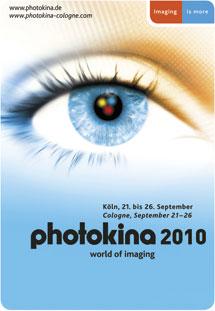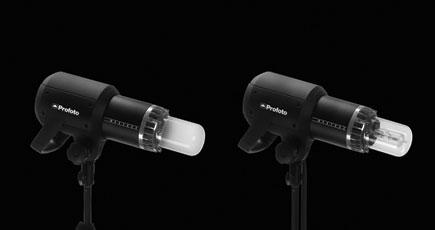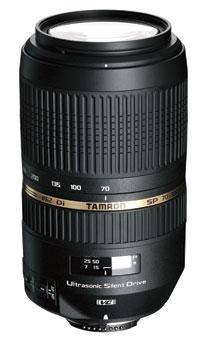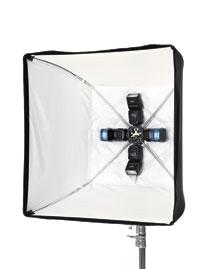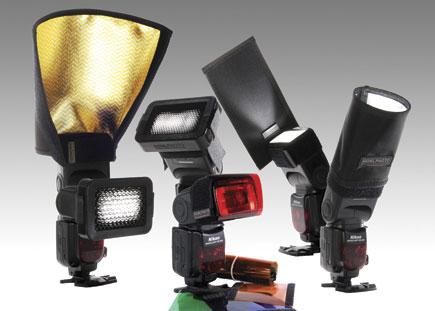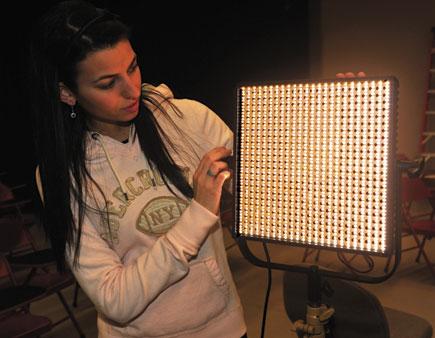|
Nov 18, 2011 |
First Published: Oct 01, 2011 |
|
Oct 25, 2011 |
First Published: Sep 01, 2011 |
|
Nov 01, 2011 |
First Published: Sep 01, 2011 |
|
Nov 02, 2011 |
First Published: Sep 01, 2011 |
|
Sep 19, 2011 |
First Published: Aug 01, 2011 |
|
Aug 25, 2011 |
First Published: Jul 01, 2011 |
|
Aug 29, 2011 |
First Published: Jul 01, 2011 |
|
Jun 01, 2011 |
|
Jan 01, 2011 |
|
Dec 01, 2010 |
|
Nov 01, 2010 |
|
Nov 01, 2010 |
|
Nov 01, 2010 |
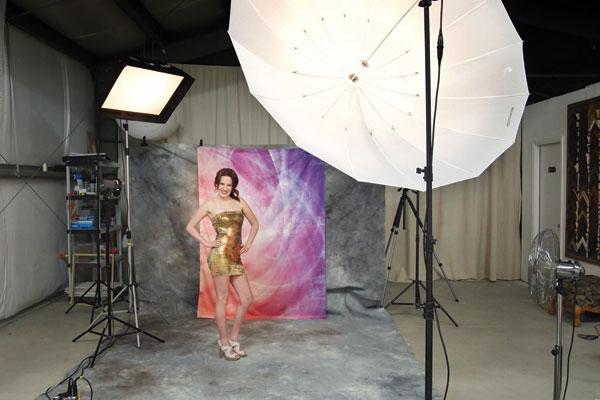
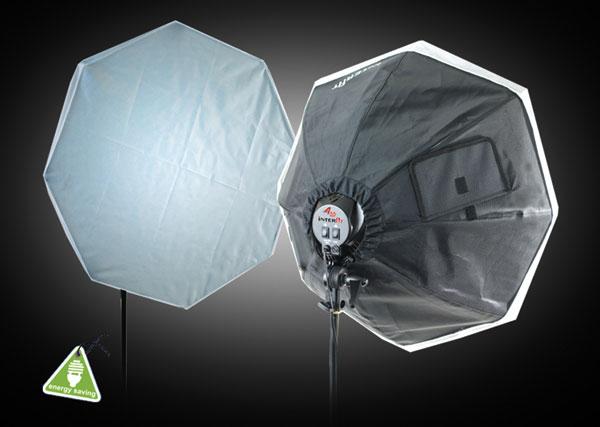



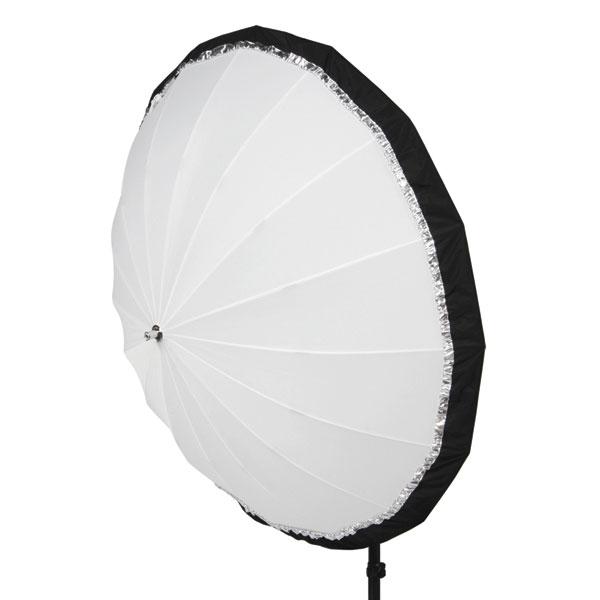

 I’m not an equipment snob. That applies to both cameras and lighting gear. I’ve always believed that it’s that gray matter in back of your eyeball that determines whether or not you get a decent image, not the price tag on your gear. I like fast lenses and dislike variable apertures, so I pay for them. With lighting equipment, higher prices usually mean more power, more features and flexibility, and better construction. With that in mind, let’s see what the very reasonably priced Genesis 300 B monolight ($399 with battery) from Calumet offers.
I’m not an equipment snob. That applies to both cameras and lighting gear. I’ve always believed that it’s that gray matter in back of your eyeball that determines whether or not you get a decent image, not the price tag on your gear. I like fast lenses and dislike variable apertures, so I pay for them. With lighting equipment, higher prices usually mean more power, more features and flexibility, and better construction. With that in mind, let’s see what the very reasonably priced Genesis 300 B monolight ($399 with battery) from Calumet offers.